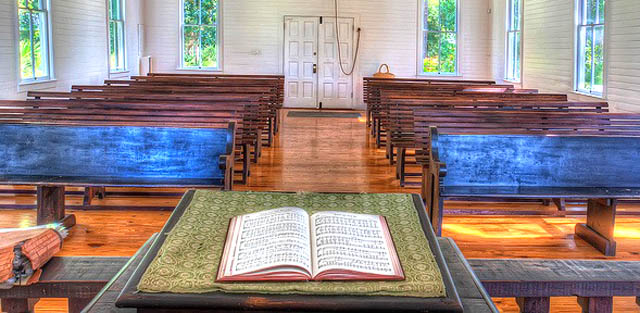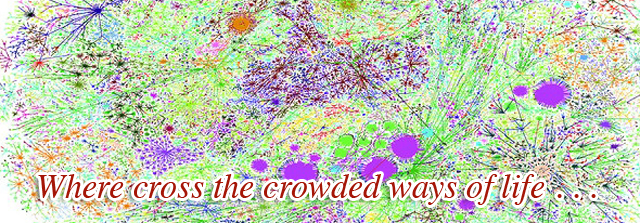Building on a post by Lou Hoffman in “grow”—which builds on the thinking of Mark Schaefer.
 The headline grabbed the attention of this Yankee.
The headline grabbed the attention of this Yankee.
Adopting the Piggly Wiggly View of Social Media
Piggly Wiggly? Isn’t that the grocery store in the movie, Driving Miss Daisy?
Piggly Wiggly, as a little research reveals, was the first self-service grocery store. Very few people are alive today that remember any other kind!
Back in 1917, an entrepreneur set out to change things. In those days, if you wanted a bag of flour, you walked into the local grocery with your own wicker basket and stepped up to a counter. The clerk fetched a bag of flour from behind the counter. You went down your list with the clerk turning to collect your desired items from the shelf and assembling your order on the counter before filling your basket and accepting your coin.
Clarence Saunders got rid of the counter. He stacked shelves with food and allowed customers to roam around and choose groceries themselves. He put prices on each item and provided a cart with wheels so you could buy more items, more easily. Revolutionary!
He met with resistance. All innovators do!
Stockholders feared customers would rob them blind. Sure, there are shoplifters, but for the most part, we all go to the grocery store today and select our own food.
Learn from this, Church. Get over your fear; trust the people.
Trust is not really very common n the Church. Much of Church tradition grew from distrust.
This is regularly displayed in the presentation of the Eucharist. One common method requires clergy to be the only hand to touch the host, placing the bread in the mouths of parishioners like a parent bird. The custom grew from the Church’s lack of trust in her people. If you allow peasants to touch the host they might not eat it like they are supposed to.
When trust is absent, control steps in. With control comes power. Power is a hungry beast that needs regular attention. Eventually, controls become so harsh that people no longer trust church leaders. Reversing established controls is difficult. Result: no one trusts anyone. Some church!
Social Media relies on trust. The Church has been very slow to embrace Social Media. No surprise! Social Media cannot be controlled top-down and that’s all the Church knows.
Social Media has arrived just in time. People’s trust in Church leaders has been shattered by scandal. The actions of a few can bring the downfall of many.
Religious groups must recognize that faith and involvement in Church is optional.
By the way, the modern grocery story opened many doors. Sellers of products could now get the attention of the consumers without relying on the grocer. Consumers, by roaming around a well-stocked store, became familiar with cooking and cuisine from all over the world.
Think what opening the windows and doors with Social Tools of the Church might do!
Trust is a responsibility. There was a time when dialog in the Church was one way. This was back in the day when authorities made the rules, published the books and held the key to the treasury which was kept full by exerting power.
Today, it is two-way. It is likely that a lot of dialog will happen before the Church actually starts to listen. But people do have a voice and will learn to use it.
If this is not recognized, the leaders in the church will become reactionary, doing whatever they can to hang on to old-fashioned power structure even as the congregations they serve fail.
This is no way to run a Church.






